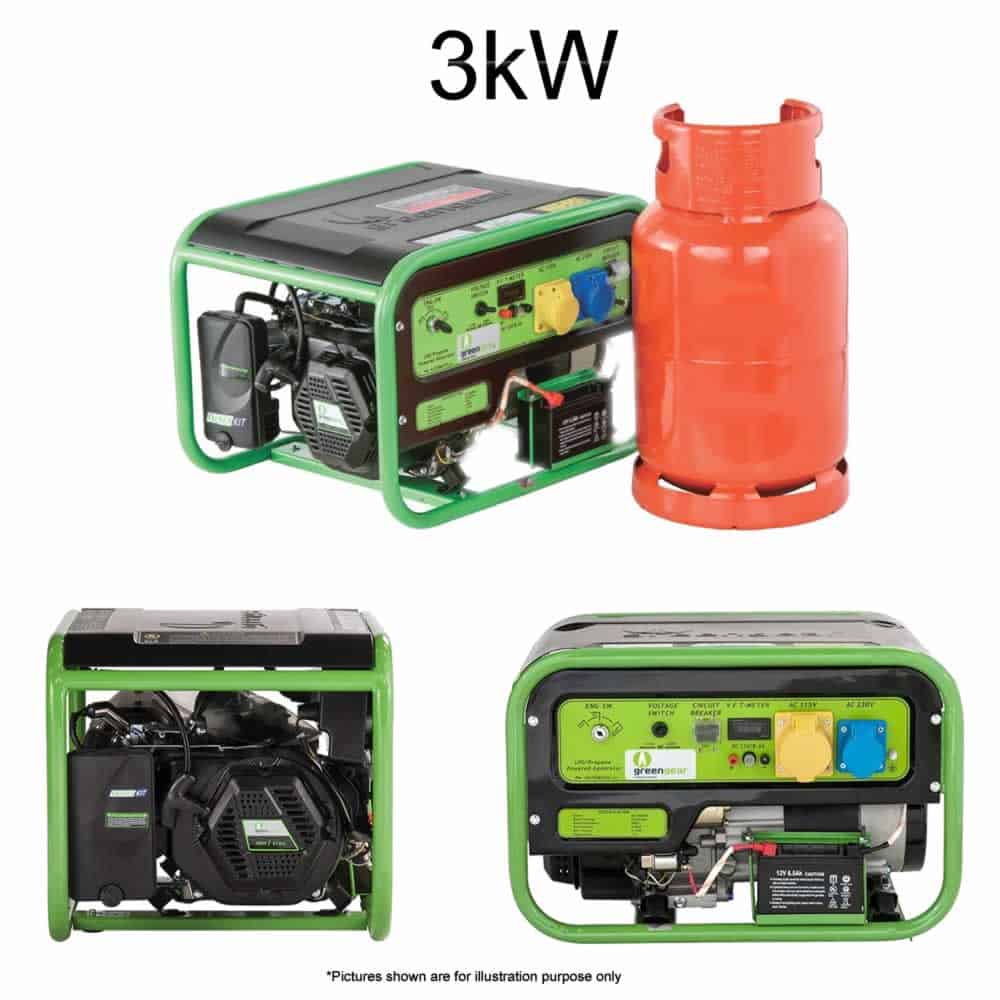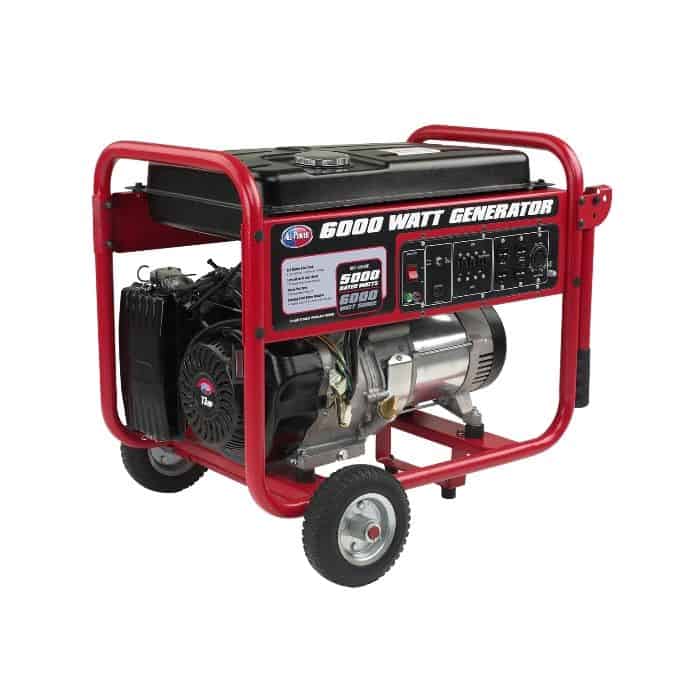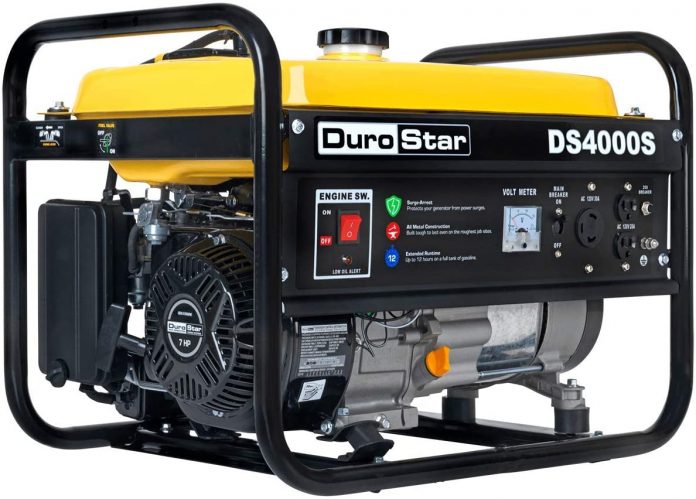Gas powered generator is a device that uses gasoline to generate electricity. It’s usually made of a gasoline engine and an alternator (electrical generator). The chemical combustion of gasoline in the combustion chamber of the engine provides the mechanical energy, which is then converted into electrical energy by the alternator through electromagnetic induction.
This type of generator is the one that’s most commonly used as backup generator in the United States, and it plays an important role in the provision of ongoing power whenever there is a power outage. It is also used in remote sites to power appliances, tools and lights.

Power outages have become a common occurrence, especially in areas that are prone to natural disasters, such as hurricanes, storms, tornadoes, blizzards, freezing temperatures, or other increment weather conditions. As a homeowner in such an area, having a gas powered generator to provide you with backup power can be very advantageous. This will keep your home functioning and help ensure continuity in your daily life in an event of power loss.
By starting and plugging the generator into your household’s wiring system, you can keep essential appliances such as refrigerators, freezers, HVAC unit, and security systems functional until main power is restored. This means no spoil food items to be disposed off later, as well as keeping your family’s living space comfortable and secure.
Gas powered generators are available in many different brands and sizes, with widely varying features as well as prices. But most of them are typically portable or wheeled units that come with extension cords, allowing users to move them into an ideal position outdoors – as they are not supposed to be used indoors since they generate carbon monoxide. The basic method of supplying power is running the generator in your backyard or garden, and then plugging in extension cords that connect to your appliances.

Although this is also the cheapest solution, as you don’t need to hire an electrician, you are limited to how many items you can power at once (most gas powered generators have either 2 or 4 outlets). Installing a transfer switch subpanel off your property’s main circuit helps make portable power more convenient.
When buying a gas powered generator, you should determine the number of appliances you need to power during an emergency beforehand. For example: if your property is located in a climate that has freezing temperatures, you need to keep your furnace on emergency power to guard against frozen pipes. On the other hand, if your home is in a climate that has hot temperatures and high humidity, you have to back up your air conditioner to keep the rooms comfortable to live in and protect against mold formation.
The refrigerator and freezers must also be incorporated into any power backup system to keep the food safe. Just walk around your house and check the wattage of these appliances. Once you have calculated the total watts required, you’ll be in a better position to know the generator size that is most ideal. A qualified electrician can also help you choose the best system, depending on your needs and budget.


















